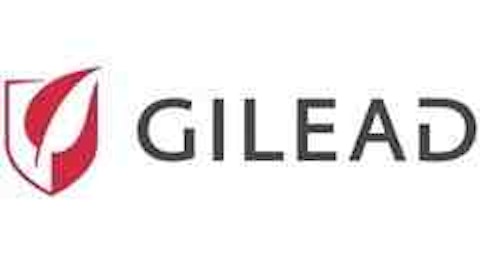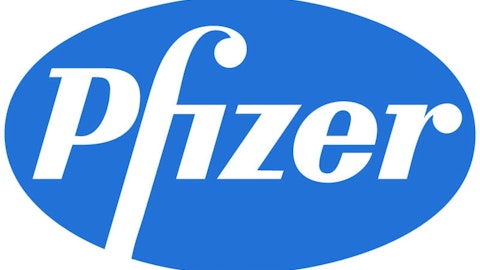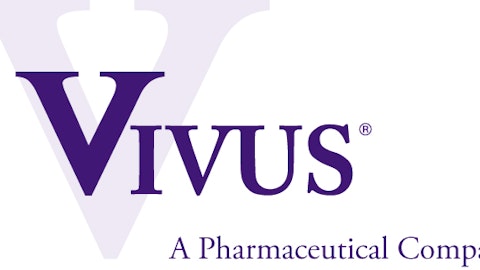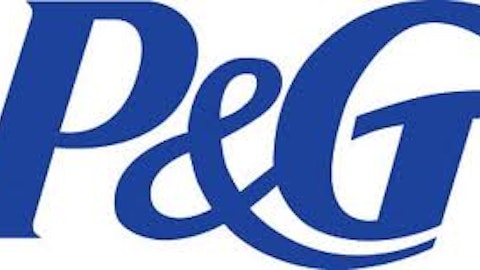- Being overweight or obese: Being overweight or obese carries with it a propensity for high blood pressure, high cholesterol levels, and an increased risk of getting type 2 diabetes. For many people, a lifestyle change involving diet and exercise can reduce their weight, but the recent approval of two chronic-weight-management pills, Belviq from
Arena Pharmaceuticals, Inc. (NASDAQ:ARNA) and Qsymia from VIVUS, Inc. (NASDAQ:VVUS), as adjuvant therapies could help even more. It remains to be seen which anti-obesity drug will come out on top, but VIVUS, Inc. (NASDAQ:VVUS)’ Qsymia demonstrated the better weight-loss totals in trials relative to Belviq, while Belviq had the better safety profile compared with Qsymia.
- Previous stroke or TIA: This might go without saying, but patients who have had a previous stroke or transient ischemic attack, or TIA, also known as a mini-stroke, are at more risk of having another stroke. People who have had a TIA are nine times as likely to have a stroke than people who’ve not had a TIA previously, according to Bay Area Medical Information.
Behavioral factors
The CDC refers to them as behaviors — I refer to them as lifestyle choices. According to the CDC, there are three behaviors people exhibit that put them at greater risk of developing some of the aforementioned medical conditions.
- Tobacco use: Cigarette smoking has been shown to be a damager of blood vessels and a dangerous risk factor for non-smokers via secondhand smoke. A study presented in 2011 at the Canadian Stroke Congress showed that smokers were more than twice as likely as non-smokers to have a stroke, and that on average smokers had their strokes a full decade before non-smokers. One way officials are looking to counteract this trend is by increasing awareness regarding the dangers of smoking. For instance, the CDC spent $54 million last year on graphic multimedia advertising to dissuade young smokers. We’ve seen this awareness begin to translate over to tobacco companies, including Altria Group Inc (NYSE:MO) , which has reduced its workforce by 15% amid falling cigarette volumes and stagnant sales for its premium Marlboro brand.
- Alcohol use: Excessive alcohol use has the potential to raise your blood pressure and potentially even your cholesterol, thus increasing your chance of having a stroke. As is usually the case, moderation is the key to ensuring that alcohol use doesn’t turn into abuse.
- Physical inactivity: There’s no miracle that can fully prevent a stroke if you aren’t able to exercise. People who are physically inactive are at higher risk of developing high blood pressure or high cholesterol, getting type 2 diabetes, and becoming overweight or obese. Exercise may not be the entire solution to the problem, but it certainly improves your chances of preventing a stroke.
Hereditary factors
Just as we witnessed with certain cases of cancer and diabetes, sometimes genetic factors predetermine you to have an increased chance of having a stroke.
- Family history of stroke: Unsurprisingly, both having had a stroke previously and having had a history of stroke in your family put you at a greater risk of having a stroke. According to a 2003 study conducted in Utah on stroke victims, 86% of all strokes occurred within just an 11% subset of families. These families would certainly appear to benefit from taking preventative lifestyle measures such as proper diet and exercise, as well as regular screenings to monitor cholesterol, blood pressure, and blood sugar levels.
- Age and sex: Another factor unlikely to surprise you is that your risk for having a stroke increases as you get older. What is noteworthy is that men are considerably more likely to have a stroke than women, according to data from the National Institutes of Health. While everyone should be eating right and exercising, this is all the more reason for our aging baby boomer population to stay active.
- Ethnicity: The final factor to determine stroke risk is race. Statistics have shown that Hispanics, African Americans, and American Indian/Alaska Natives have a considerably higher propensity to have a stroke than other ethnicities.
The takeaway
I believe the first important takeaway here is that a vast majority of these medical and behavioral conditions can be mitigated through simple lifestyle changes. This doesn’t mean a life spent running 50 miles a day and eating nothing but turnips, but a proper diet and consistent exercise could go a long way to preventing high cholesterol, obesity, diabetes, and high blood pressure all in one fell swoop.
Also, understanding whether you’re at risk and paying attention to the symptoms associated with stroke are crucial to treating a stroke should you have one.
A final aspect we’ve uncovered is that the treatment options available are greatly improving. We’ve had diabetes treatments available for decades, but only recently had Johnson & Johnson (NYSE:JNJ)’s Invokana been approved by the FDA. Invokana is opening up a swath of new potential treatments for diabetes sufferers that could increase weight loss while improving glycemic balance and reducing hypertension. Similarly, Belviq and Qsymia offer chronically obese patients a boost to assist them in their efforts to lose weight where diet and exercise alone haven’t been as successful as they desired in the past.
The article The 3 Biggest Risk Factors for a Stroke originally appeared on Fool.com is written by Sean Williams.
Fool contributor Sean Williams has no material interest in any companies mentioned in this article. You can follow him on CAPS under the screen name TMFUltraLong, track every pick he makes under the screen name TrackUltraLong, and check him out on Twitter, where he goes by the handle @TMFUltraLong.The Motley Fool owns shares of, and recommends, Johnson & Johnson.
Copyright © 1995 – 2013 The Motley Fool, LLC. All rights reserved. The Motley Fool has a disclosure policy.





